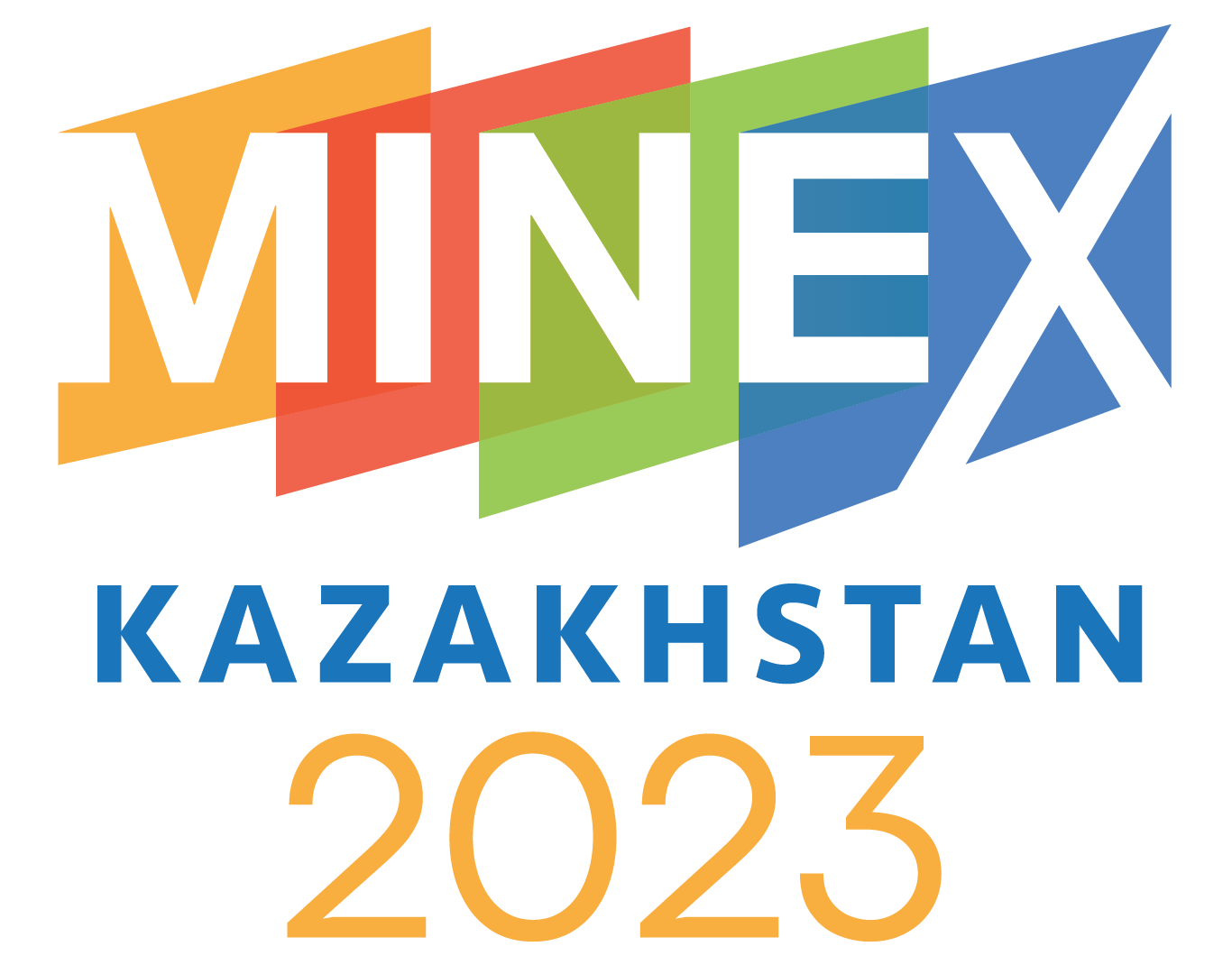Geologists Day is a professional holiday of geologists, geophysicists, hydrologists and geochemists. In addition to geologists, many others involved in related fields also consider this day as their professional holiday and celebrate it.
Happy Geologists Day!
Brief History of Geologists Day
It is traditionally celebrated on the first Sunday of April. The establishment of this holiday was initiated by a group of prominent Soviet geologists headed by academician Alexander Yanshin in 1966 after discovery of the West Siberian petroleum province. The timing of the holiday, the first Sunday in April, was chosen because it marks the end of winter and beginning of preparation for summer field work and expeditions.
Geologists Day is traditionally celebrated in almost all geological and mining organizations of the former Soviet Union with festivities starting at the end of preceding week. With tens of thousands of geologists from the former Soviet Union working around the world, the tradition of celebrating the Geologists Day is becoming more international.
Who are Geologists?
The work of geologists is associated with the search and evaluation of mineral deposits, as well as the study of the structure of the earth’s crust. Geologists take part in exploration expeditions and research projects. Geologists often travel across countries and continents and work in the most remote part of our planet. Geologists’ profession is associated with the spartan ways of life deprived of luxuries and modern conveniences. Their work requires strong physical and mental health. The profession of a geologist appeals to people who like to travel and explore.
What Personal Qualities Do You Need to be a Good Geologist?
To become a good geologist, you need such qualities as observation, the ability to analyse information, physical endurance, a love of life in the nature, a willingness to overcome the difficulties associated travel in unchartered and remote areas. An much, much more…
Test your knowledge and learn curios facts about geology
How old is planet Earth?
Planet Earth is 4.5 billion years old.
What does the word "geology" mean?
Geology literally means “the study of the Earth” in ancient Greek.
When was first geological research party created in Russia?
The first state research and exploration institution in Russia was created by the Order of Mining Affairs signed by Tsar Peter the Great in 1700.
What is the deepest man-made well in the world?
The deepest well in the world is the Kola ultra–deep well. It is located in the Murmansk region. Its depth is 12.26 km. The temperature at the deepest point is 220 °C.
Where are the Gates of Hell?
The Darvaza gas crater (also known as the Door to Hell or Gates of Hell), is a natural gas field collapsed into a cavern near Darvaza, Turkmenistan.
Soviet geologists may have intentionally set it on fire to prevent the spread of methane gas, and it is thought to have been burning continuously since 1971. The gas crater has an area of 5,350 m2. Its diameter is 69 m (226 ft), and its depth is 30 m (98 ft). The surrounding area is also popular for wild desert camping.
Is ice a mineral?
For a substance to be called a mineral, it must meet several requirements: be of natural origin, be inorganic, solid, chemically homogeneous, and be in a crystalline state. Based on this, naturally formed ice is technically a mineral. And, for example, water frozen by a person in the refrigerator cannot be called a mineral.
Why did the most common mineral on our planet was named only in 2014?
The most common mineral on our planet was named only in 2014 — it was called bridgmanite. Previously, it was known as silicic perovskite, but no one could study it, since the deposits of this mineral are located in the lower mantle at a depth of more than 700 km below the Earth’s surface. Scientists are not able to reach this depths, but they discovered a fragment of a mineral in a meteorite, after which they were able to apply for naming it to the International Mineralogical Association. Geologists estimate that bridgmanite makes up 93% of the lower mantle volume, or 51% of the Earth’s volume.
Films about Geologists and Geological Profession
We invite you to watch short documentary films (in Russian) about geologists and geological profession submitted to the MineMovie competitions organised by MINEX Forum in Russia in 2020.
